
Creeping Buttercup: Ranunculus repens. Creeping buttercup is native to Europe, Asia, and northwestern Africa, but widely naturalized around the world and sometimes mildly invasive, especially in pastures with perennially moist soil. Photographed in New Zealand. |
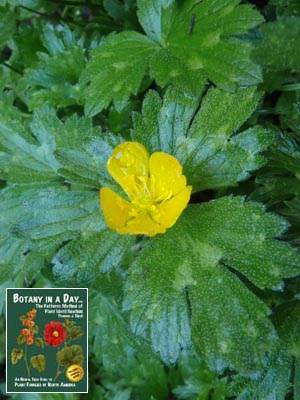 Creeping Buttercup: Ranunculus repens. The plant can form dense patches that crowd out other species, but seldom take over entire pastures. |
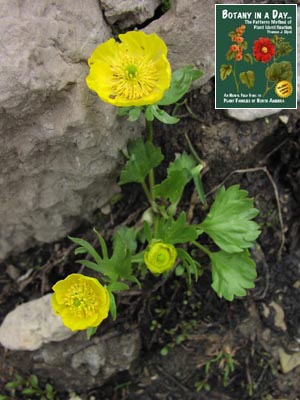 Ranunculus sp. Buttercup. |

Foraging the Mountain West |
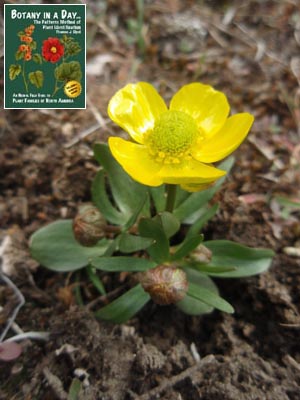 Ranunculus glaberrimus. Sagebrush Buttercup. Tobacco Root Mountains. Pony, Montana. |
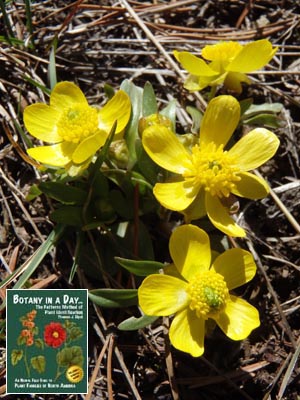 Ranunculus glaberrimus. Sagebrush Buttercup. Tobacco Root Mountains. Pony, Montana. |
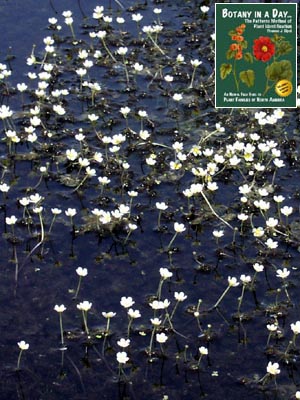 Ranunculus aquatilis. Water Buttercup. | 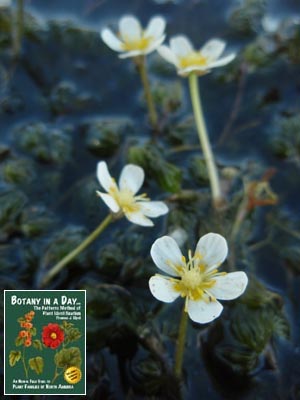 Ranunculus aquatilis. Water Buttercup. Southwestern Montana. |
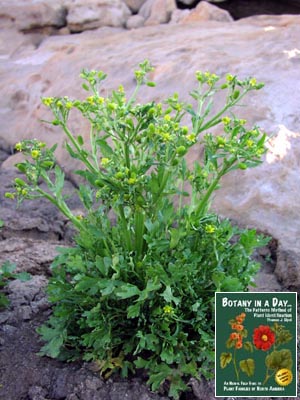 Ranunculus sp. Buttercup. | 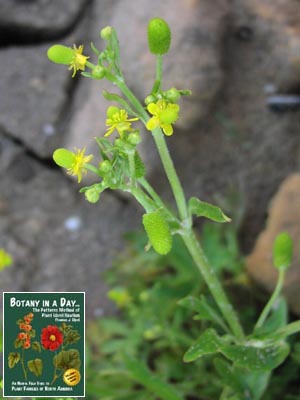 Ranunculus sp. Buttercup. Lake Powell, Utah. |
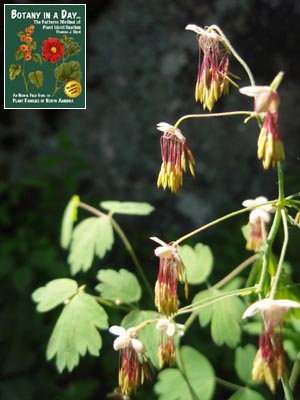 Thalictrum occidentale. Meadow Rue. | 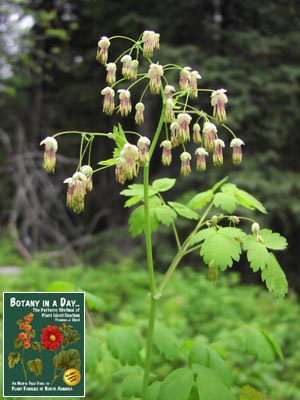 Thalictrum occidentale. Meadow Rue. |
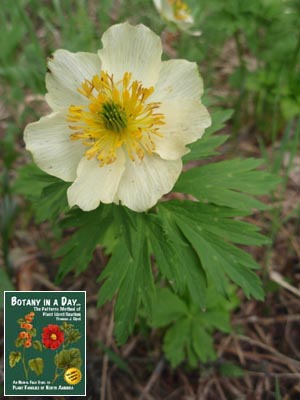 Trollius laxus. Globeflower. | 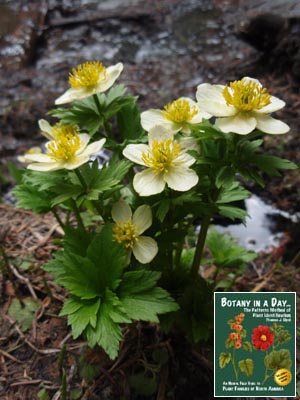 Trollius laxus. Globeflower. Tobacco Root Mountains. Pony, Montana. |
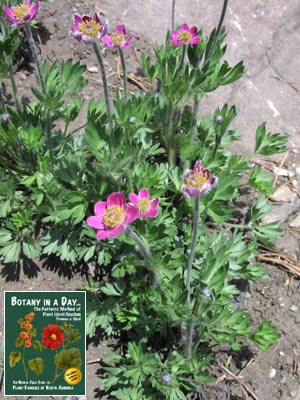 Anemone multifida. Anemone. | 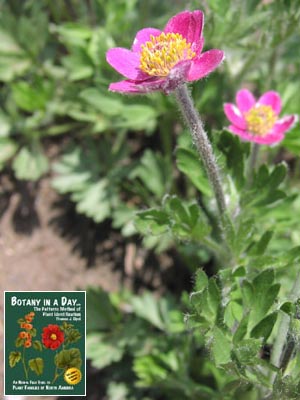 Anemone multifida. Anemone. Tobacco Root Mountains. Pony, Montana. |

Foraging the Mountain West |
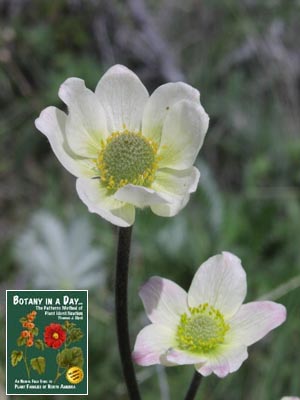 Anemone multifida. Anemone. |
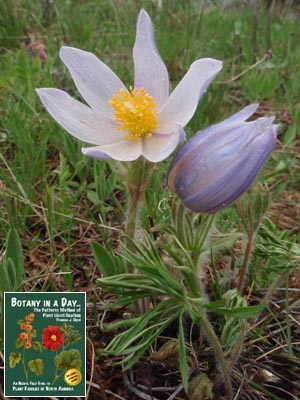 Anemone patens. Pasque Flower. | 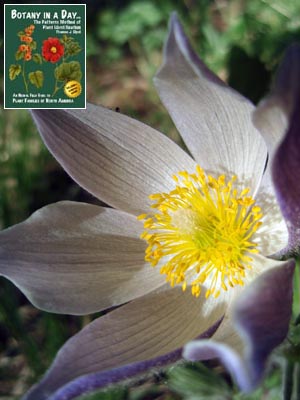 Anemone patens. Pasque Flower. |
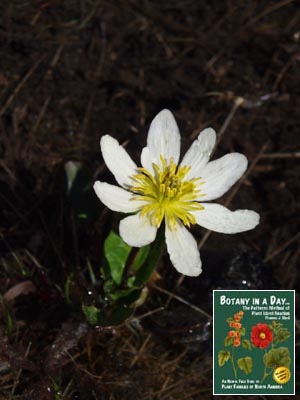 Caltha leptosepala. White Marsh Marigold. |  Caltha leptosepala. White Marsh Marigold. |
 Clematis hirsutissima. Sugarbowl Clematis. | 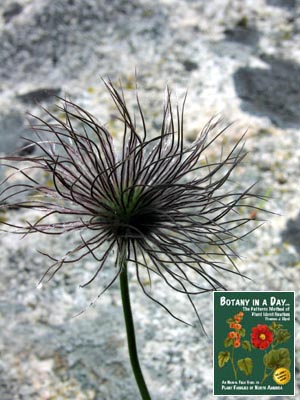 Clematis hirsutissima. Sugarbowl Clematis. Tobacco Root Mountains. Pony, Montana. |
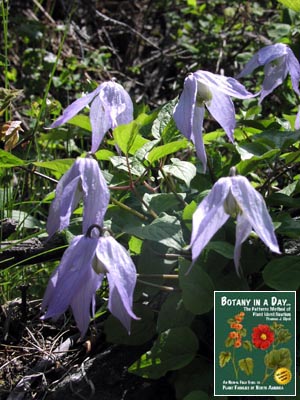 Clematis occidentalis. Woods Clematis. | 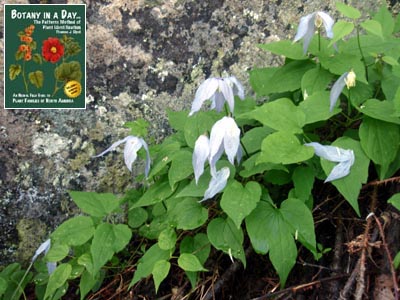 Clematis occidentalis. Woods clematis. |
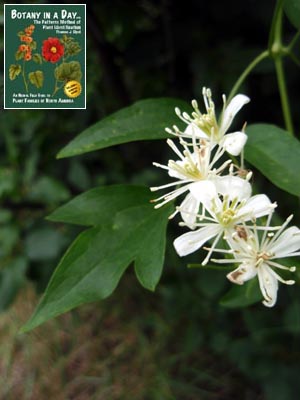 Clematis ligusticifolia. Western Virgin's Bower. |
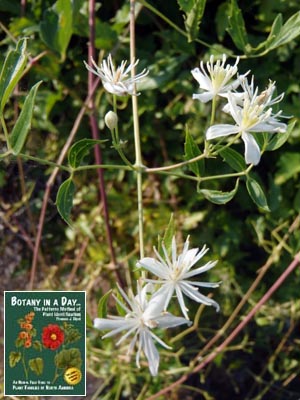 Clematis ligusticifolia. Western Virgin's Bower. |
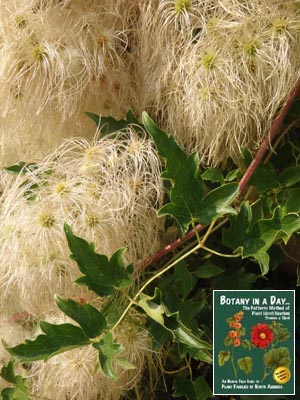 Clematis ligusticifolia. Western Virgin's Bower seed heads. |
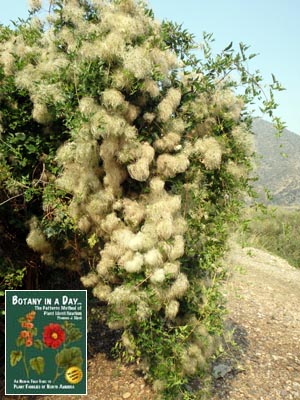 Clematis ligusticifolia. Western Virgin's Bower seed heads. |

Foraging the Mountain West |
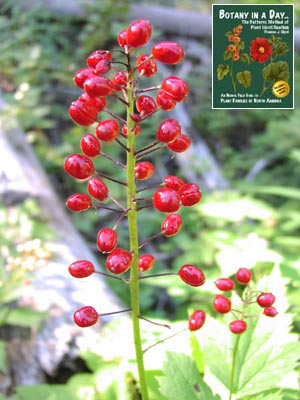 Actaea rubra. Baneberry. |
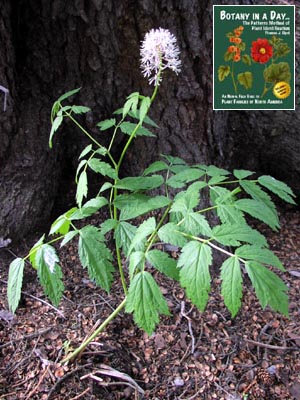 Actaea rubra. Baneberry. | 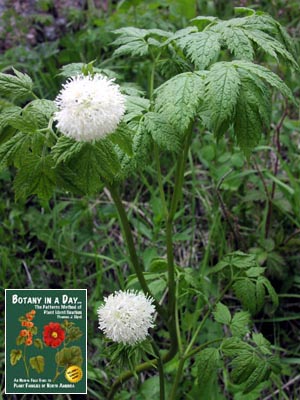 Actaea rubra. Baneberry. |
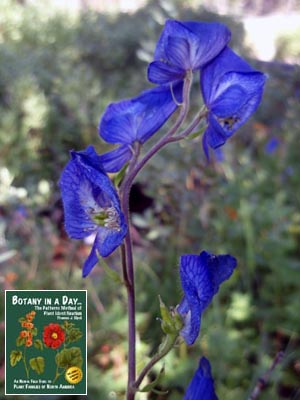 Aconitum columbianum. Western Monkshood, also known as Columbian Monkshood. |  Aconitum columbianum. Western Monkshood. |
 Aconitum columbianum. Western Monkshood. Flowers can be blue or cream-colored. | 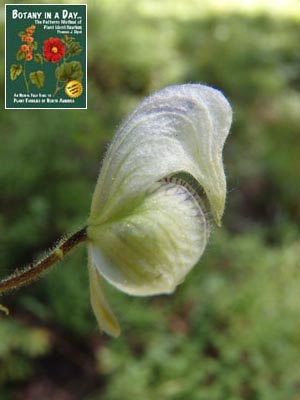 Aconitum columbianum. Western Monkshood, also known as Columbian Monkshood. |
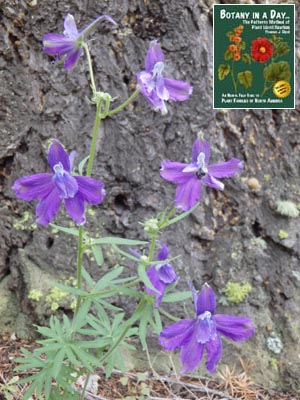 Delphinium sp. Larkspur Delphinium. Lewisa and Clark Caverns State Park, Montana. |
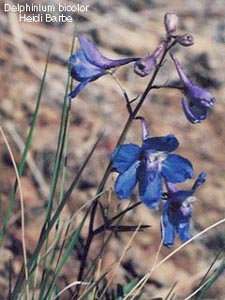 Delphinium bicolor. Larkspur Delphinium. Tobacco Root Mountains. Pony, Montana. |
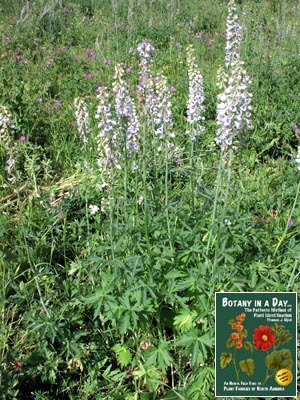 Delphinium occidentale. Western Larkspur. | 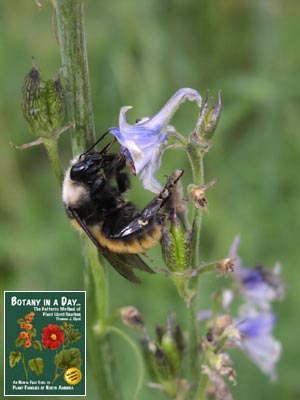 Delphinium occidentale. Western Larkspur with Bumblebee. Bridger Mountains. Near Bozeman, Montana. |
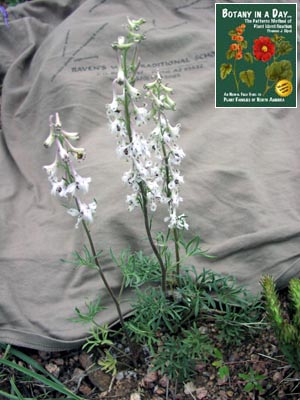 Delphinium sp. White Larkspur. |
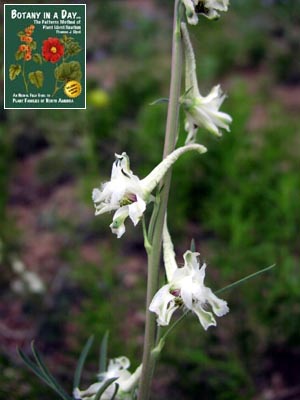 Delphinium sp. White Larkspur. Chatfield State Park. Denver, Colorado. |
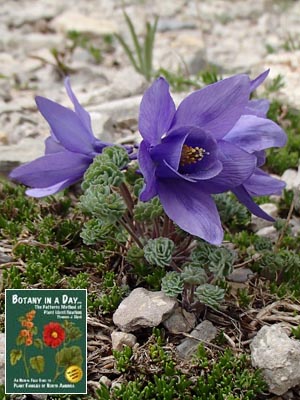 Aquilegia jonesii. Jone's Columbine. Photographed in the Big Snowy Mountains of Montana. |
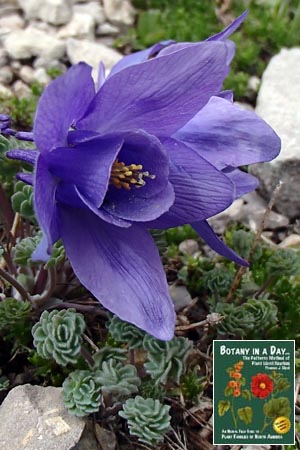 Aquilegia jonesii. Jone's Columbine. Photographed in the Big Snowy Mountains of Montana. |
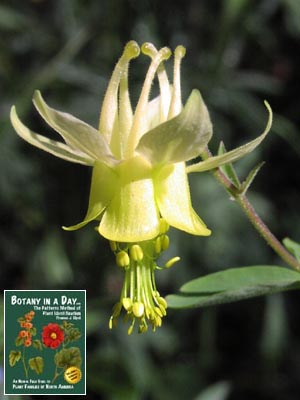 Aquilegia flavescens. Yellow Columbine. Tobacco Root Mountains. Pony, Montana. | 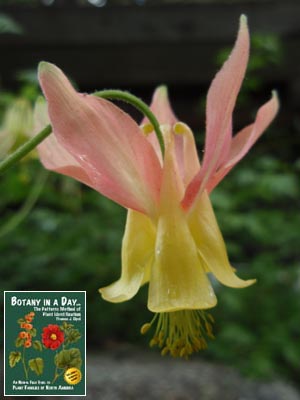 Aquilegia flavescens. Yellow Columbine. |
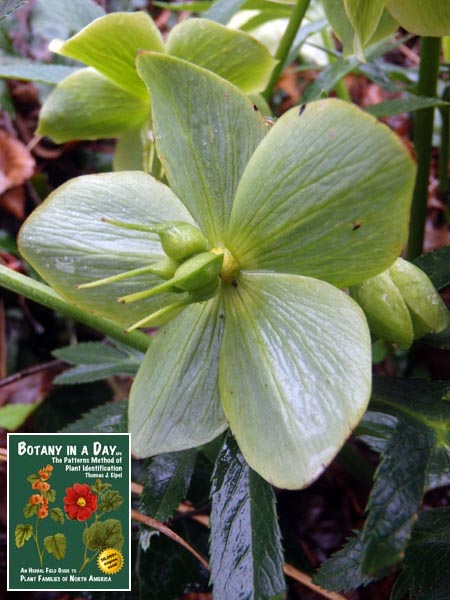 Helleborus viridis. Green Hellebore. Native to central and western Europe. |  Helleborus viridis. Green Hellebore. Photographed in Italy. |





 Wildflowers-and-Weeds.com
Wildflowers-and-Weeds.com 
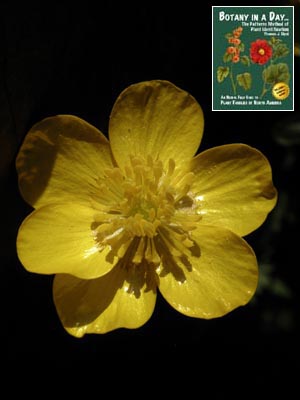 The Buttercup family may be considered "simple" from an evolutionary standpoint, but it includes some flowers that are highly complex in appearance, such as the delphinium and columbine. Yet these flowers are still considered "simple" because all the parts are independently attached.
The Buttercup family may be considered "simple" from an evolutionary standpoint, but it includes some flowers that are highly complex in appearance, such as the delphinium and columbine. Yet these flowers are still considered "simple" because all the parts are independently attached. 





















































